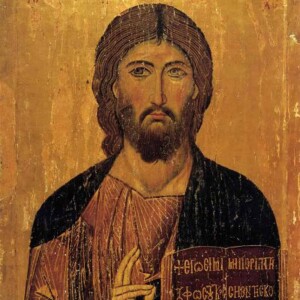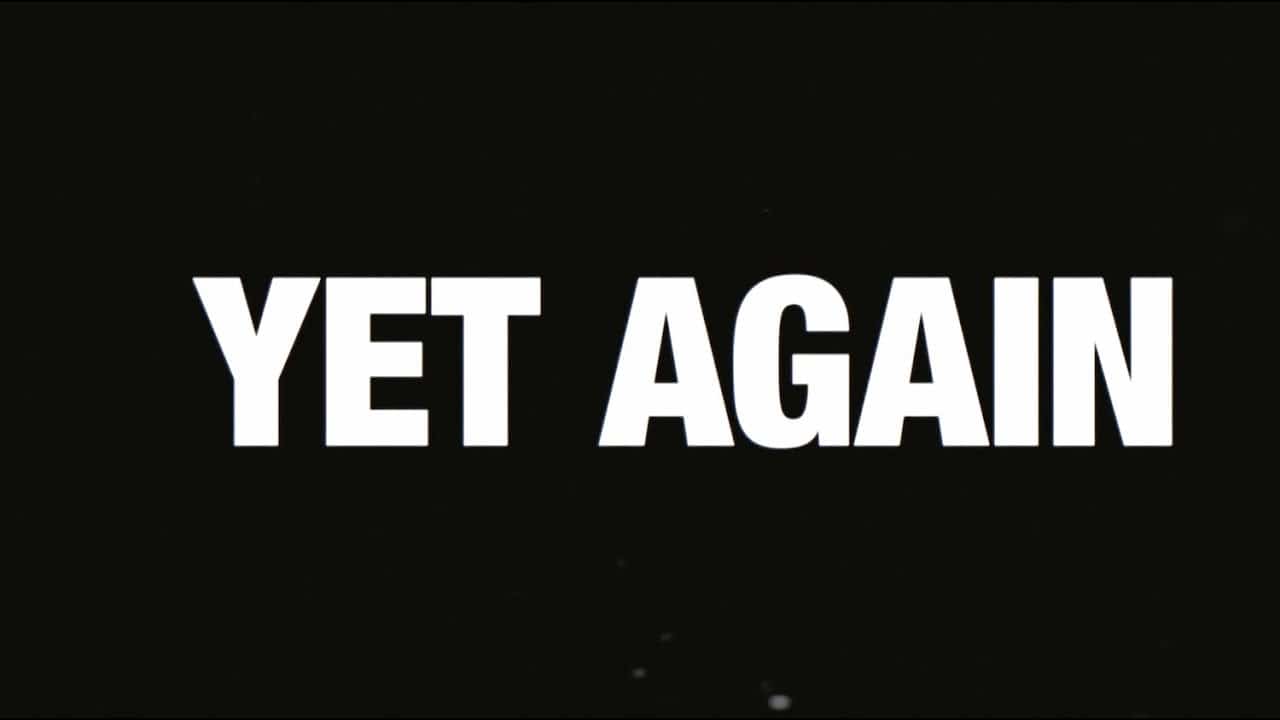
The History of the Christian Church
Religion & Spirituality:Christianity

This 126th episode of CS is titled, Yet Again.Donations to keep the CS host site up are welcome and needed. You can do so at sanctorum.us. Just look for the “Donate” link.In the last episode, we considered the Second Great Awakening and ended with this . . .By the 1850s the United States was thriving, largely because of the benefits brought by the Awakening. The Mid-West was being developed, the economy booming. People made 18% interest on their investments. But as is so often the case, economic prosperity turned into a neglect of the Spirit. The pursuit of pleasure replaced the pursuit of God. The nation was politically divided over the issue of slavery. And it wasn’t just States that were divided. Churches and denominations split over itInto this national argument that ended up tearing the country in two was added a dose of religious turmoil.A veteran and farmer named William Miller rediscovered the doctrine of the 2nd Coming. For generations, most of the Church considered Bible prophesy a closed book. Miller began teaching on the Return of Christ. But he made the mistake many have and said Christ would return in 1844. About a million people followed his views. When it didn’t happen, they were bitterly disillusioned because they’d sold their homes, businesses, and farms. Skeptics piled on the fanaticism of the Millerites and fired up a new round of mocking faith. Then, in 1857, things began to change.Another revival began as a movement of prayer. It was leaderless, though it produced several notable leaders.In September 1857, a businessman named Jeremiah Lanphier printed up a leaflet on the importance of prayer. It announced there would be a weekly prayer meeting at Noon, in the upper room of the North Dutch Reformed Church in Manhattan. When the time for the first meeting came, only Lanphier was there. He prayed anyway and at 12:35, six more businessmen on their lunch break came up the stairs. They prayed till 1 pm. As they broke up to return to work, they agreed they’d been so moved, they’d meet the following week at the same time and place.The next week, their number doubled to 14. They sensed something special was about to happen and agreed to meet every day, Monday-Saturday in that room at Noon. A few weeks later the room overflowed and they filled the basement, then the main sanctuary. A nearby Methodist Church opened its doors for noontime prayer. When it filled, Trinity Episcopal Church opened. Then church after church filled with people praying at noon, Monday-Saturday; mostly businessmen on their lunch break.Throughout the remainder of 1857, prayer meetings spread throughout the States. In Feb. 1858, New York newspaper editor Horace Greeley sent a reporter out to cover the story of the growing movement. The reporter went by horse and buggy and was able to make a dozen stops during the noon hour. He estimated there were over 6000 businessmen praying at those stops. Greeley was so surprised he made the story the next day’s headline. Other papers didn’t want to be outdone, so they began to report on the revival.The publicity further fanned the flames and more began showing up. Soon every auditorium and hall in downtown NY was filled. Then, theaters filled.We might wonder what were these prayer meetings like. They were run by laymen, not professional clergy. Pastors were often present but did not conduct the meetings. They might be asked to open pray or read a scripture, but then the meeting was turned over to fifty minutes or more of prayer.There was a remarkable sense of unity that marked the meetings. Those who attended came from different churches but were cautious about debating doctrines. There was more a concern to focus on the things they agreed on. They were there to pray and that’s what they did.At one prayer meeting in Michigan led by a layman, he said, “I see my pastor and the Methodist minister are here. Will one of you read a scripture and the other pray, then we’ll get started.” They did, then the laymen said, “I’m not used to this kind of public and impromptu prayer so we’ll follow the example we’ve read about in the NY papers. We have so many here today please write your request down then pass them to the front. We’ll read them one at a time, and pray over each one.”The first request said, “A praying wife asks the prayers of this company for the conversion of her husband who’s far from God.” (That’s certainly a common request.) But immediately a blacksmith stood up and said, “My wife prays for me. I must be that man. I need to be converted. Would you please pray for me?” A lawyer said, “I think my wife wrote that note because I know I’m far from God.” Five men all claimed the request was surely for them. All were converted in a matter of just a few minutes.This was common at the beginning of the revival. People were converted during the prayer meetings. They’d simply express their need for salvation then would be prayed for by the rest.One minister stood up and said he’d stayed till 3 PM the day before answering the questions of those who wanted Christ. He announced his church would be open each evening from then on for the preaching of the Gospel. Soon, every church was holding similar meetings.As the revival spread across the States, 10,000 were converted each week. In Newark, NJ, of a population of 70,000; 2,785 were brought to faith in 2 months. At Princeton University, almost half the students came to Christ and half of those entered full-time ministry.The revival swept the colleges of the nation.On Feb. 3rd, 1858 in Philadelphia, a dozen men moved their daily prayer meeting from the outskirts of the city to downtown. They met at the James Theater, the largest in The City. A couple weeks later sixty were attending. By the end of March, 6,000 were literally crammed in.That Summer, churches united to hold mass services. They erected big-top tents and conducted evangelistic meetings that thousands flocked to. In Ohio, 200 towns reported 12,000 converts in just two months. In Indiana, 150 small towns saw 4,500 come to Christ.In two years, of a national population of 30 million, 2 million made a profession of faith.
view more
- Edwin Orr remarks that this points up the difference between Evangelism and Revival. In evangelism, the evangelist seeks the sinner. In revival, sinners come running to God.
More Episodes
08-Not Really An Apology
 2013-12-01
2013-12-01
 2013-12-01
2013-12-01
07-The Spreading Tree
 2013-12-01
2013-12-01
 2013-12-01
2013-12-01
06-BOGO
 2013-11-24
2013-11-24
 2013-11-24
2013-11-24
05-Writings
 2013-11-24
2013-11-24
 2013-11-24
2013-11-24
04-Martyrs
 2013-11-17
2013-11-17
 2013-11-17
2013-11-17
03-Strategic
 2013-11-17
2013-11-17
 2013-11-17
2013-11-17
02-Transitions
 2013-11-10
2013-11-10
 2013-11-10
2013-11-10
01-It Begins
 2013-11-10
2013-11-10
 2013-11-10
2013-11-10
01234567
Create your
podcast in
minutes
- Full-featured podcast site
- Unlimited storage and bandwidth
- Comprehensive podcast stats
- Distribute to Apple Podcasts, Spotify, and more
- Make money with your podcast
It is Free
- Privacy Policy
- Cookie Policy
- Terms of Use
- Consent Preferences
- Copyright © 2015-2024 Podbean.com



